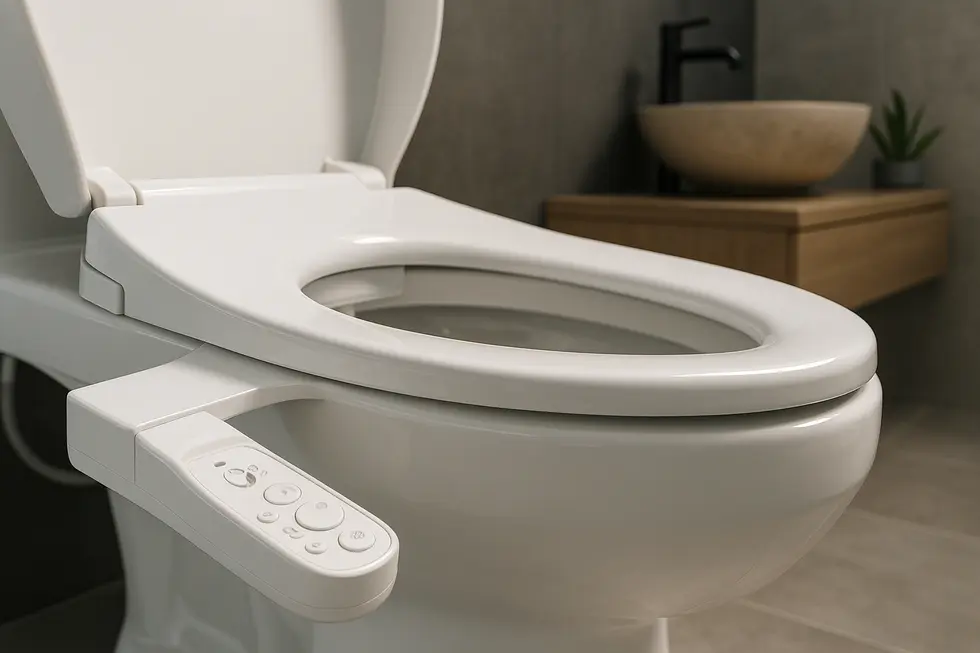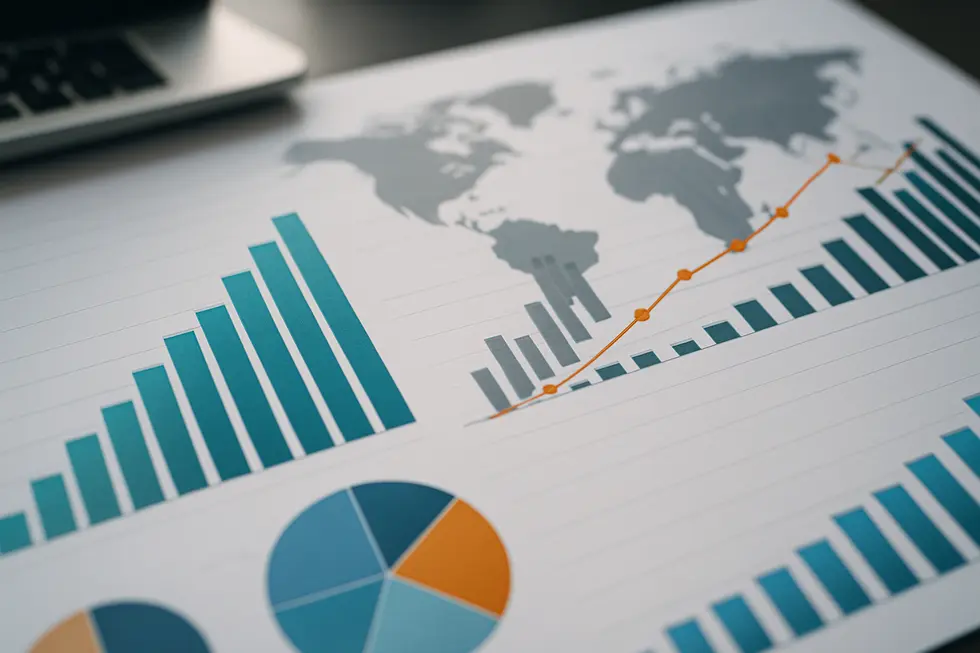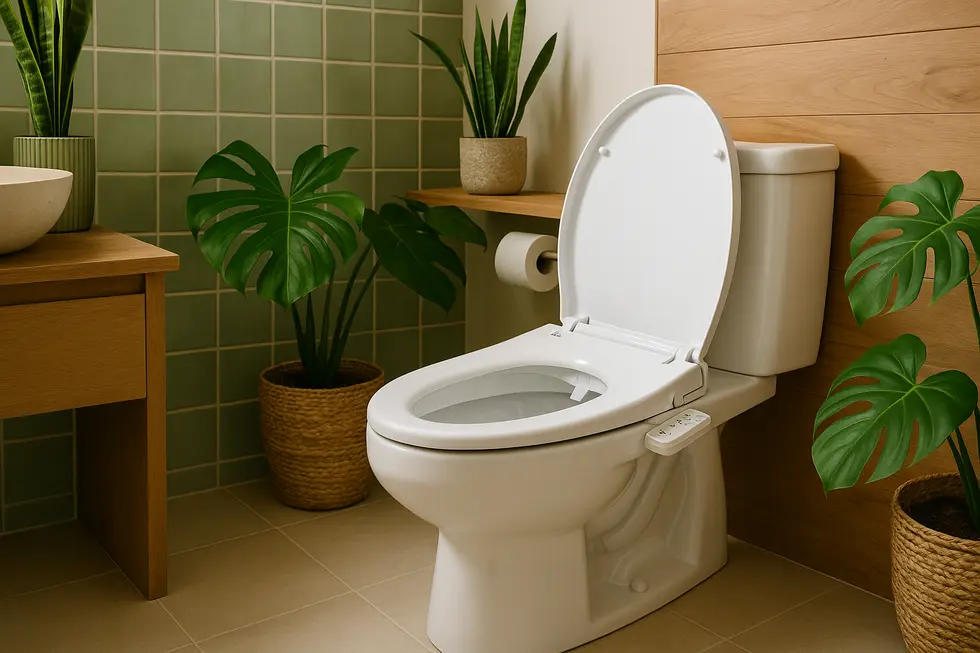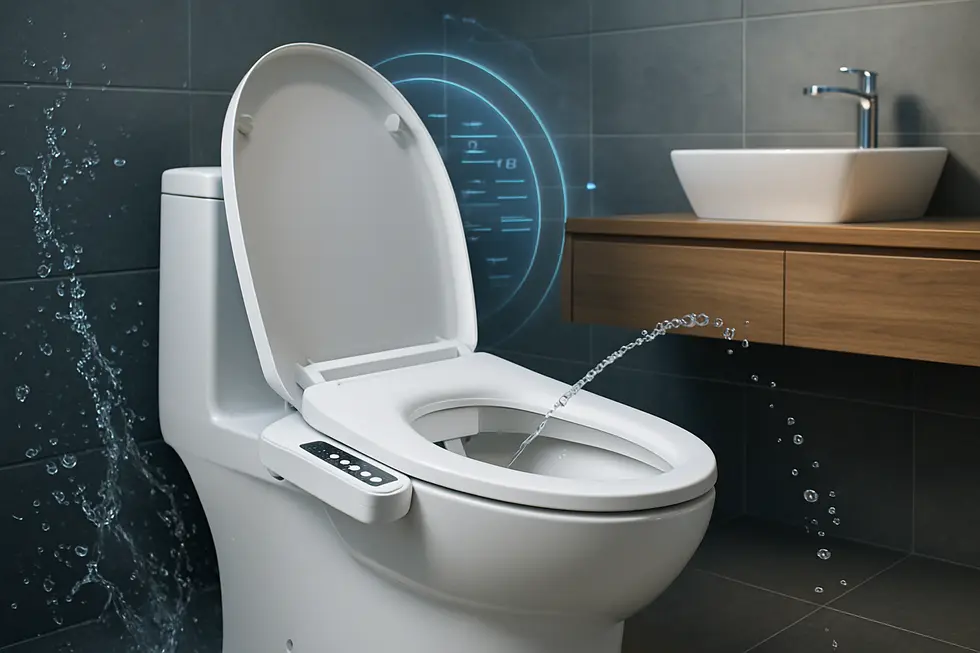Bidet Attachment
Embrace the Future of Personal Hygiene: Premium Bidet Attachments
Premium bidet attachments are redefining personal hygiene by integrating sophisticated technologies, economic trends, and social considerations. As a retrofit enhancement to modern bathrooms, a premium bidet attachment merges state-of-the-art engineering with practical design, offering households a unique blend of luxury and utility. This article delves into the technological innovations driving premium bidet attachment enhancement, explores the dynamic market landscape, and considers their societal and environmental contributions. Each chapter unravels these themes, providing a comprehensive understanding of why a premium bidet attachment is fast becoming indispensable in modern homes.
Silent Servos and Smart Sensors: How Engineering Upgrades Turn a Simple Seat into a Premium Hygiene Hub

Modern premium bidet attachments feel magical, yet every gesture is choreographed by tight engineering tolerances. Approach the toilet and an infrared array pings a stepper-motor hinge; the seat and lid rise without a fingerprint. Designers borrowed from laptop-hinge damping, pairing micro-brushless motors with rubber isolation mounts so the motion is felt, not heard. When occupancy sensors confirm you are seated, a ceramic-disk valve opens in milliseconds, letting an MCU balance flow rate and temperature to within ±0.5 °C. Because heaters draw up to 1 350 W, power management firmware pulses energy only when the Hall-effect flow meter detects demand, keeping standby under 1 W.
Water delivers comfort only if it arrives exactly where you expect. Nozzle shafts milled from 316L stainless ride on 1 ° incremental servos, remembering each user’s spray position. Two onboard profiles were once a luxury; contemporary logic boards store up to eight. Preference data lives in flash memory and syncs over Wi-Fi to phone apps, so every family member—or guest—receives identical comfort on any paired unit in the home.
Post-wash, a 650 W ceramic element forces air through a laminar duct, drying skin while an activated-carbon module strips odors. Integration matters here: turbulence algorithms in the firmware temper sound to below 50 dB, rivaling a quiet conversation. Meanwhile, ultraviolet LEDs bathe the retracting nozzle, reaching 265 nm germicidal wavelengths that sanitize in under 30 seconds.
Engineers have also pushed for frictionless interaction outside the seat itself. Capacitive foot sensors now trigger touch-free flushing on compatible cisterns, a boon for users with limited dexterity. Voice assistants, thanks to Matter certification, can start child-mode rinses or switch to energy-saving Eco status during vacations.
Despite the sophistication, installations remain DIY friendly. A slim 3 mm ABS mounting plate and braided steel T-adapter let homeowners add a bidet to an existing toilet in under 20 minutes. Engineers achieved this by miniaturizing solenoids and routing wiring through gasketed channels that preserve EN 1717 backflow compliance.
Looking ahead, the same control board footprints already accommodate ISO 30500-ready sensor pods for future health diagnostics, proof that today’s indulgence is tomorrow’s wellness platform (https://www.iso.org/standard/72584.html).
Profits, Pressures, and Playbooks: Decoding the Economics and Competitive Pulse of Premium Bidet Attachments

Premium bidet attachments have shifted from niche import to macro-economic force. In 2023 the category contributed roughly USD 2.1 billion in global revenue and is forecast to expand at a 12 %–13 % CAGR through 2030, mirroring the broader smart-seat segment. Urbanization, bathroom renovation booms, and lingering toilet-paper supply jitters keep demand climbing, while the average selling price stabilizes into upper-mid (USD 140–250), premium (USD 250–450) and luxury (USD 450–900) strata.
Rising prices have not dampened enthusiasm because consumers equate bidets with health, comfort, and sustainability. A single rinse uses one-sixteenth the water of an extra flush, and dermatological studies link gentle washing to reduced irritation. For many first-time buyers, educational content—including guides explaining why do you need a toilet bidet attachment—builds confidence and shortens the sales cycle.
Regional economics steer strategy. East Asian households top 80 % penetration, so manufacturers there prioritize feature upgrades such as AI-driven temperature learning, ultraviolet sterilization, and app analytics. North America, at roughly 13 % adoption, offers volume upside but is price-sensitive; brands hedge tariff exposure by near-shoring assembly to Mexico or Vietnam to offset the current 25 % U.S. sanitary-ware duty. In Europe, EN 1717 backflow rules and RoHS metals limits add compliance costs yet reward suppliers who invest early in certified materials.
Competitive playbooks increasingly converge on four levers. First, innovation leadership: micro-controller logic, voice control, and on-board water quality sensors turn a seat into a wellness portal. Second, brand storytelling: companies pair luxury aesthetics with lifecycle carbon disclosures to win eco-conscious renovators. Third, strategic partnerships: alliances with plumbing distributors, hotel chains, and smart-home platforms widen reach while sharing R&D burden. Finally, consumer education—demo trucks, virtual reality installers, and medically vetted endorsements—breaks habit inertia that still favors dry paper in many markets.
Looking ahead, premium bidet attachments will benefit from AI-supported personalization, antimicrobial coatings, and even biochemical sampling for preventative health. Analysts expect the smart-seat subset alone to surpass USD 1.2 billion by 2032, underscoring a sector where hygiene tech, sustainability mandates, and experiential design intersect profitably (market outlook).
From Bathroom Upgrade to Public Good: Societal, Environmental, and Regulatory Ripples of Premium Bidet Attachments

Premium bidet attachments began as indulgent bathroom upgrades, yet their influence now radiates far beyond individual toilets. On a personal level, the devices deliver cleaner skin with gentle water streams that lower bacterial load and cut irritation by 42 % for users managing hemorrhoids. Hands-free operation restores dignity for seniors or people with limited mobility, often delaying the need for assisted-living facilities. These tangible wins, amplified through social media demos and hotel trials, accelerate a cultural pivot: hygiene is no longer a private afterthought but a lifestyle metric discussed alongside air purifiers and fitness trackers. As households compare notes, many cite the documented health and comfort benefits offered by bidet use (see health and comfort benefits).
Environmental dividends compound the appeal of the premium bidet attachment. Modern electronic premium bidet attachments dispense roughly 0.5 L per cleanse—drops compared with the 34 gal of water embedded in a single roll of paper. Annual tissue savings average 218 rolls, trimming 53 kg CO₂-eq and sparing half a tree per household each year. Energy-saving “Eco” modes, powered by occupancy sensors, keep standby draw below 1.2 W, so the embedded emissions of heaters and logic boards in a premium bidet attachment are offset within 26 months of daily use. In drought-prone regions, utilities already spotlight premium bidet attachments in rebate programs normally reserved for low-flow showerheads.
With demand surging for premium bidet attachments, regulators race to update plumbing and data rules. In Europe, EN 1717 backflow requirements now reference bidet-specific anti-siphon valves, while RoHS caps force manufacturers toward lead-free brass and recycled polymers in premium bidet attachment components. North American codes mirror these shifts, but divergence in electronic safety testing—CSA versus UL marks—adds compliance complexity for global premium bidet attachment brands. Smart-home connectivity introduces fresh oversight: water-temperature logs and seat-usage analytics classify as personally identifiable data under GDPR and California CCPA, compelling encrypted transmission and on-device anonymization by design.
Policy moves do not stop at bathrooms. Tax incentives that once favored dual-flush toilets are expanding to premium bidet attachment retrofits, recognizing their role in municipal waste-water reduction. Trade tariffs, conversely, push premium bidet attachment brands to near-shore production in Mexico and Vietnam, reshaping supply chains along the Pan-Pacific corridor. Analysts predict that clear, harmonized standards for water efficiency and cybersecurity will be decisive in freeing the next wave of premium bidet attachment growth, a view echoed in recent industry briefings.
.
Final thoughts
Premium bidet attachments stand at the intersection of technological brilliance and eco-conscious living, providing comfort, hygiene, and sustainability. As advancements continue and market dynamics evolve, their role in promoting personal and environmental health becomes increasingly significant. For families looking to merge luxury with responsibility, these devices offer an appealing pathway to a healthier home lifestyle.
Experience a new standard of clean with PEGABidet—designed for comfort, safety, and independence. Join thousands who trust us to make personal care simple and dignified. Contact us at contact@pegabidet.com
About us
PEGABidet is a brand owned by L.A NEXTGEN LLC, based in California. We design intuitive, hygienic, and accessible bathroom solutions that prioritize safety, dignity, and independence. Our mission is to make personal care effortless and empowering for people at every stage of life.

